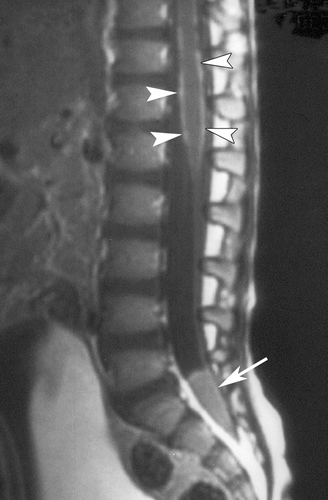General
- from cells resembling immature neurons of cerebellum
- Most common malignant/high grade tumor of children - also most common posterior fossa tumor of children (30-40%)
- Mean age of appearance - 9 years. When they occur in adults (rare) typically 3rd-4th decade, better prognosis
- May recur locally or spread in CSF - drop mets in spinal cord, or explants in hemispheres.
Prognosis
- Heterogenous group of tumors - prognosis varies widely depending on molecular signaling.
- Tx: surgical resection, chemo, whole brain and spine RT to manage potential mets/prevent spread.
- 5-year survival 50-70%, but with high morbidity 2/2 RT - i.e. short stature due to hypothalamic and spinal bony RT, secondary malignancy.
Path
- small blue cell tumor - sheets of undifferentiated cells. Sometimes rosettes.
- "rosettes"
- sheets of blue cells
Neuronal lineage - stain + with neuronal markers like synaptophysin and NeuN (nuclear marker of neurons)
Imaging:
(source: radiopaedia, this paper)
- CT bright - may have significant cystic/calcific components
- T1 dark
- 90% enhance, usually heterogenously
- medullo with leptomeningeal spread along anterior pons
- classic medullo - emerging from cb vermis
- leptomeningeal mets.





No comments:
Post a Comment
Note: Only a member of this blog may post a comment.